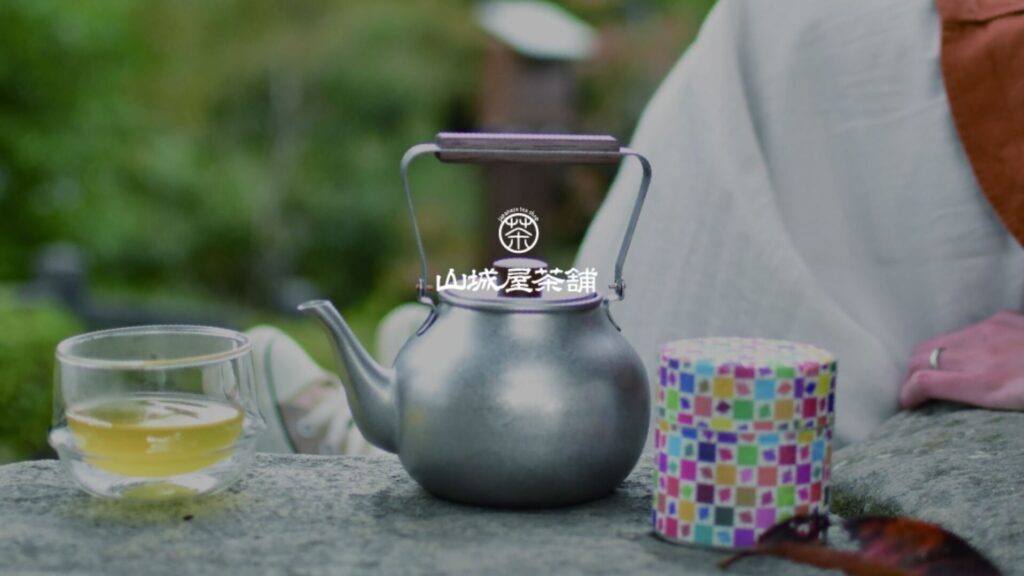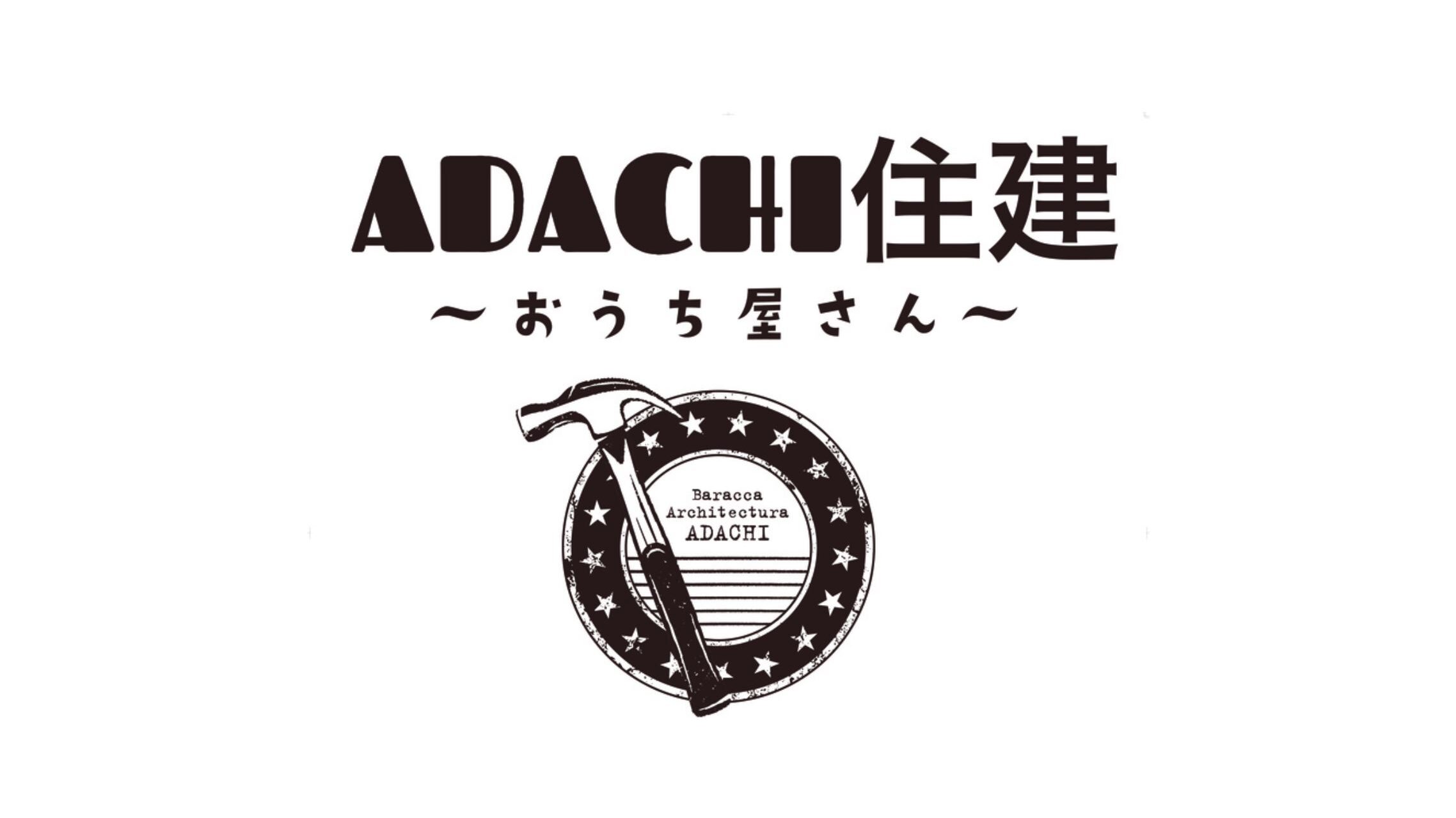In Asia, arranged marriages are frequently the way that a man and woman get married. The reason is that Asian cultures have largely avoided many of the social changes that have disrupted Western home life and preserved their marriage culture. Additionally, it is a male-dominated method where women’s roles are mostly subordinate to their husbands’. People are therefore expected to do a tremendous amount of housekeeping, and some find this burden to be too much and choose to leave their men in favor of their careers.
It is feared that this trend, which has accelerated recently, may eliminate Eastern world and cause chaos. The aircraft from matrimony threatens to cause unheard-of stresses in China and India, which are the two countries with the greatest worries. If this pattern continues, there will only be 597 million females and 660 million men between the ages of 20 and 50 in 2030. Due to the severe lack of brides that will result, there will be a number of issues. Brides may be coerced into prostitution, and young men may remain “in purdah” ( marriage abstaining ) until they are older and have more financial security.
The causes for the move ahead from arranged couples differ from nation asian-women.org to nation, but one crucial issue is that folks are becoming more unhappy with their unions. According to polls, both husbands and wives in Asia express less pleasure with their associations than they do in America. Additionally, ladies express more unfavorable views on marriage than do their adult counterparts. For instance, a well-known Taiwanese blogger named Illyqueen recently railed against” Mama’s boys” in their 30s who do n’t work hard or do housework and who have lost the ability to keep promises ( like marriage ).
Some Asians are delaying both childbearing and relationship as a result of rising disparity and task vulnerability brought on by the country’s rapid economic growth. Given that raising children is the primary purpose of marriage in the majority of conventional societies and that relationship has little to do with it, this is not entirely unexpected. As a result, for much of the 20th century, ovulation charges in East asian nations like Japan, Korea, and China were higher.
Marriage costs have increased as well, though they are still lower than in the West. It is possible that these styles, along with the decline in arranged couples, did lead to the Eastern model’s demise, but it is too early to say for sure. What kind of spouses the Asian nations have in the upcoming and how they respond to this problem will become interesting to watch.


 クリコネについて
クリコネについて








